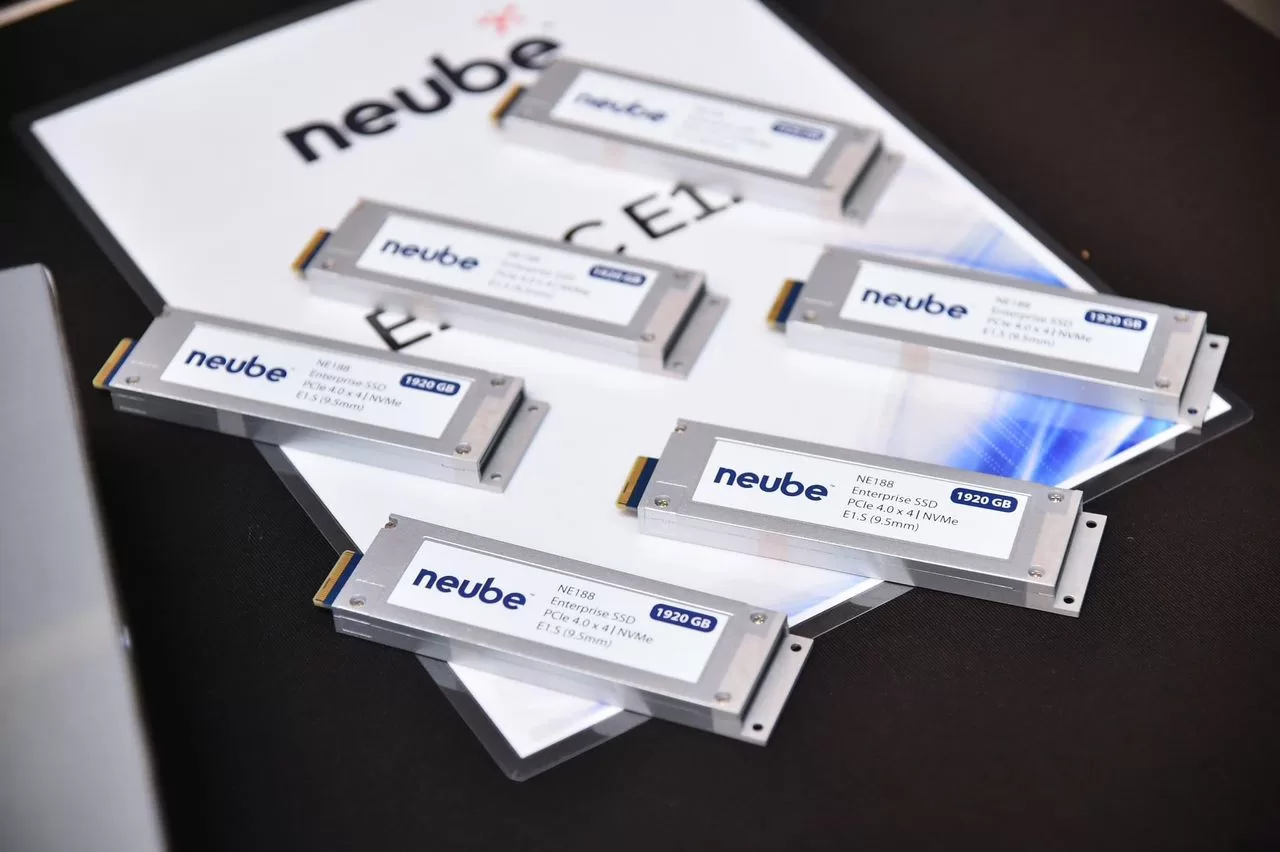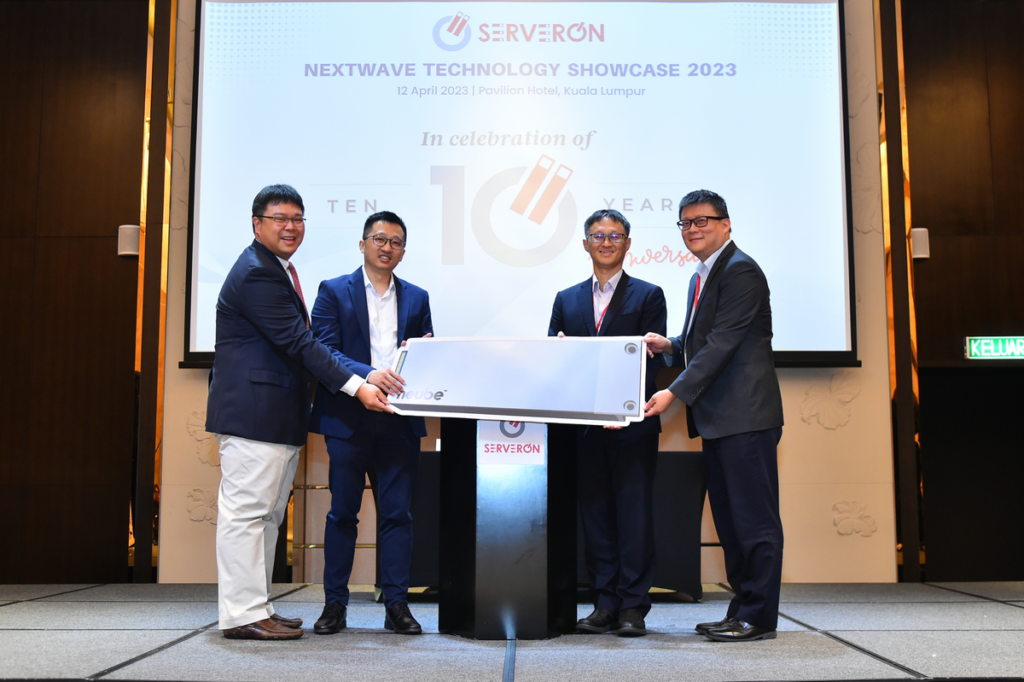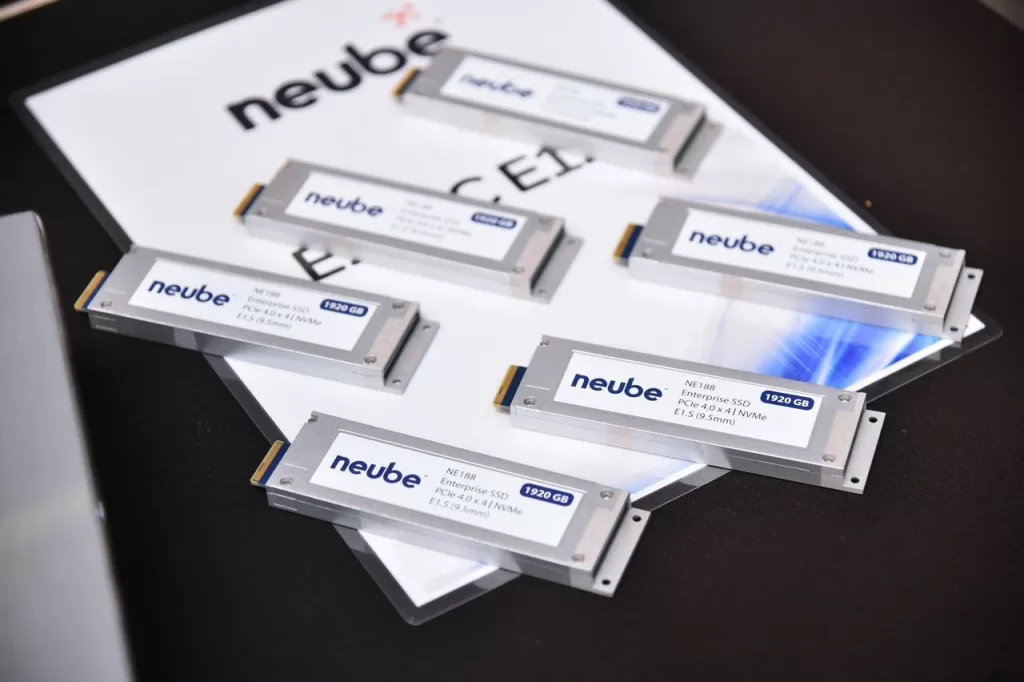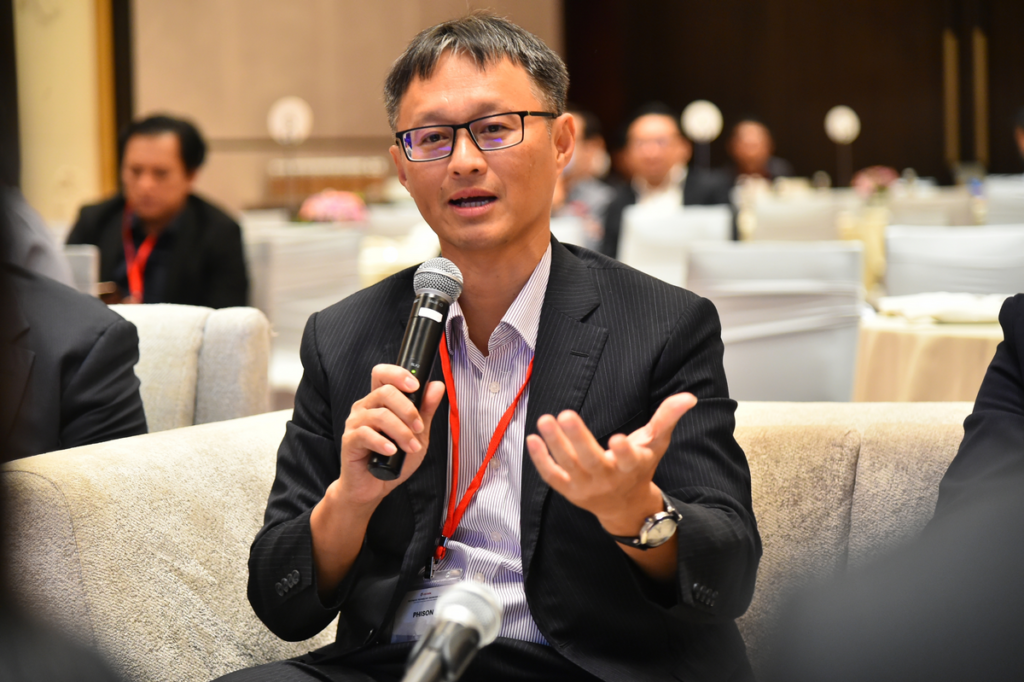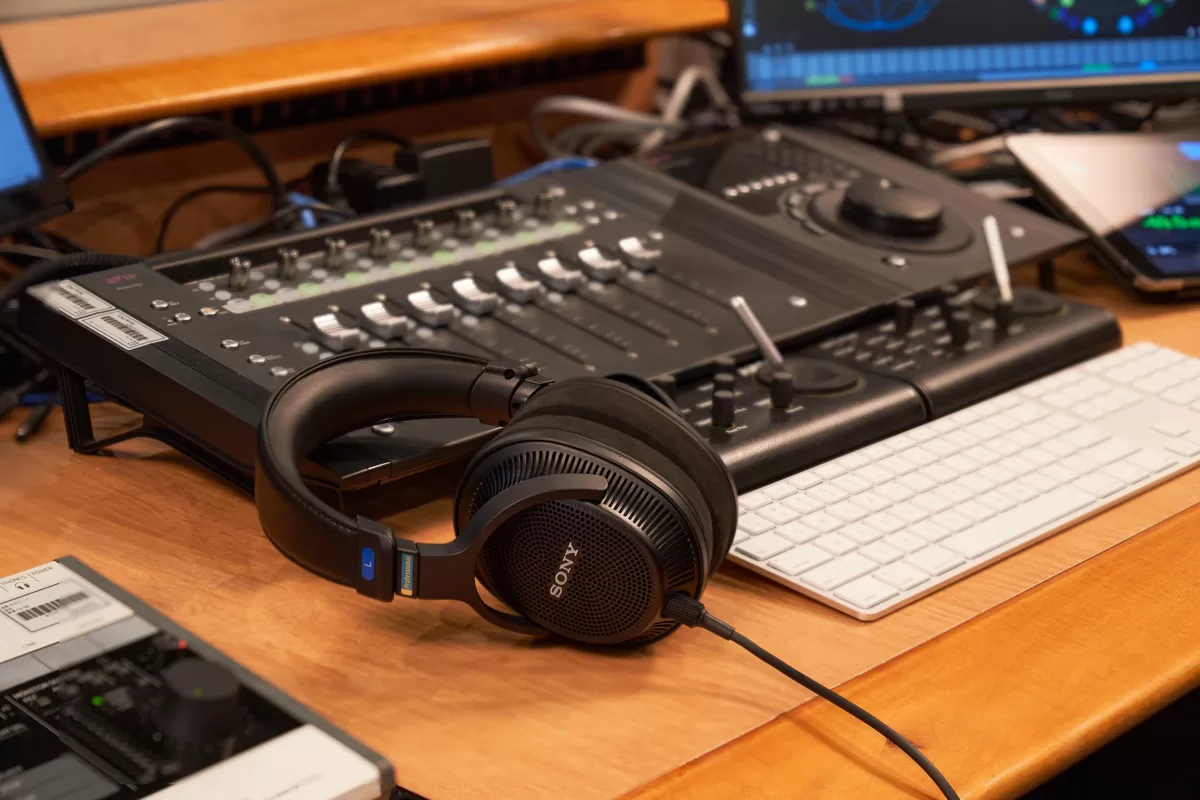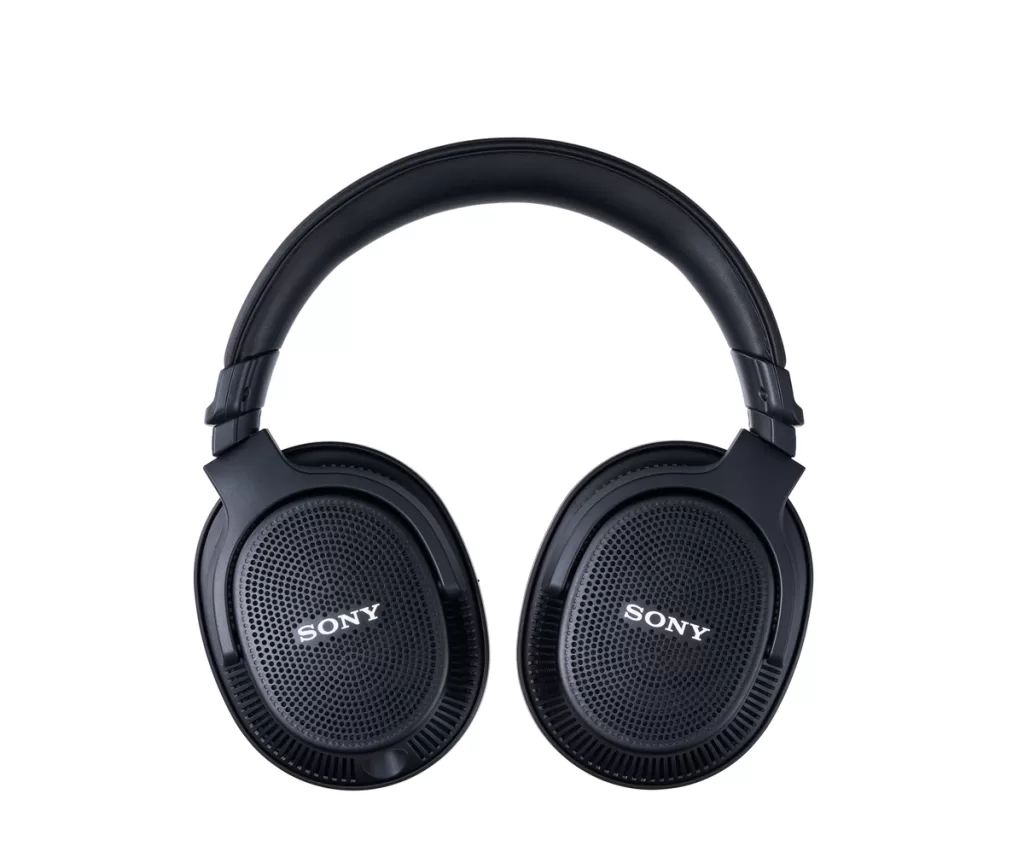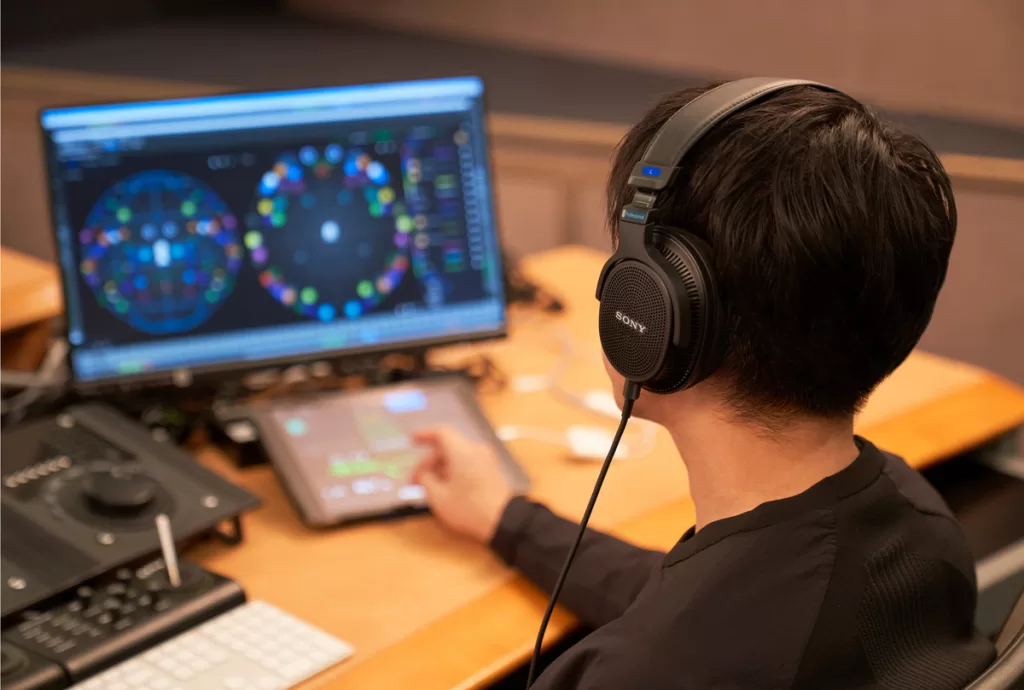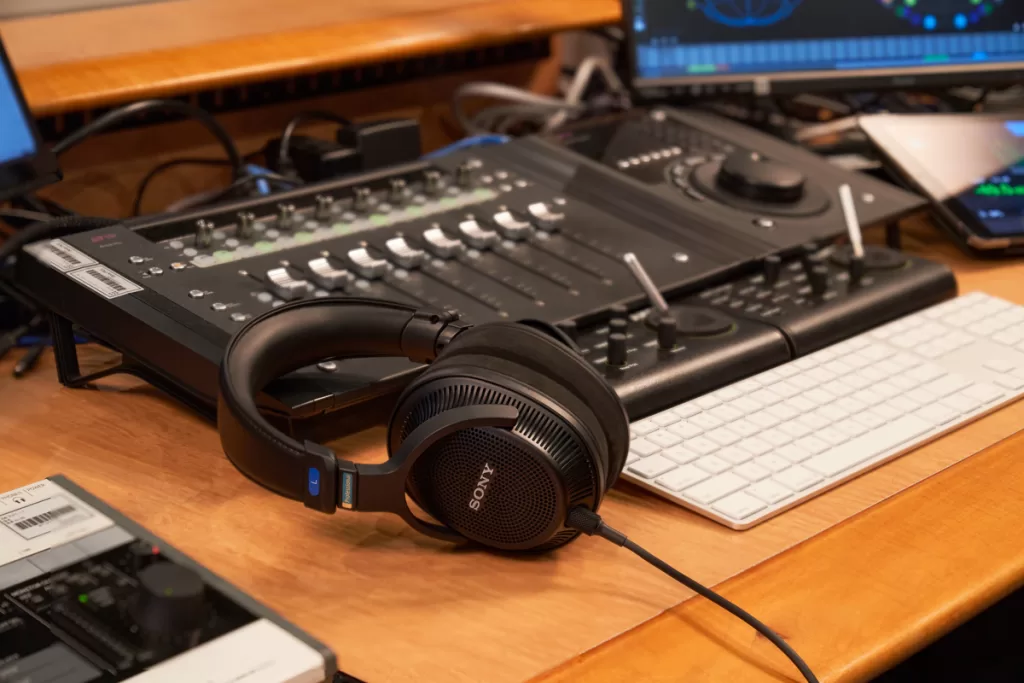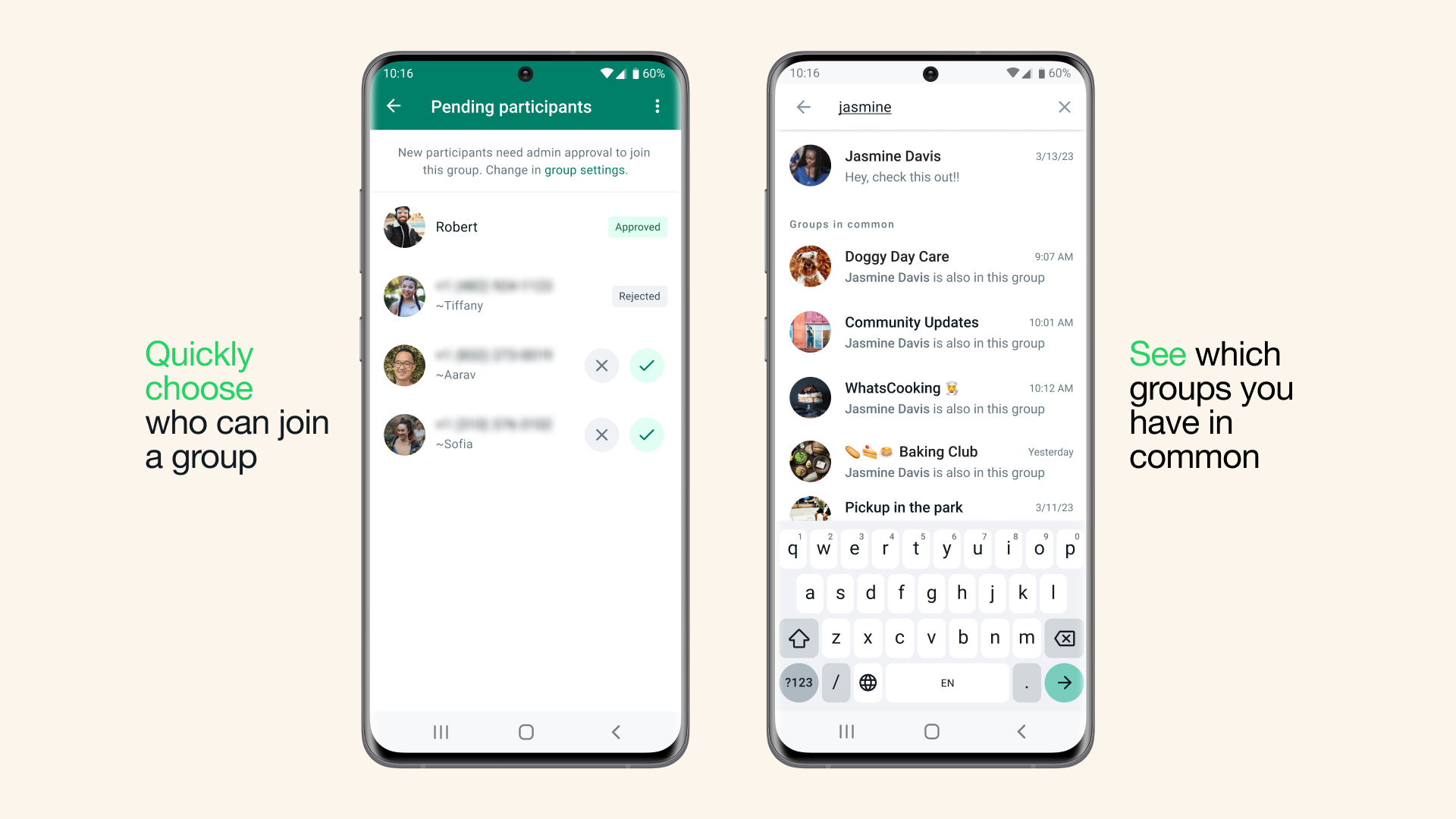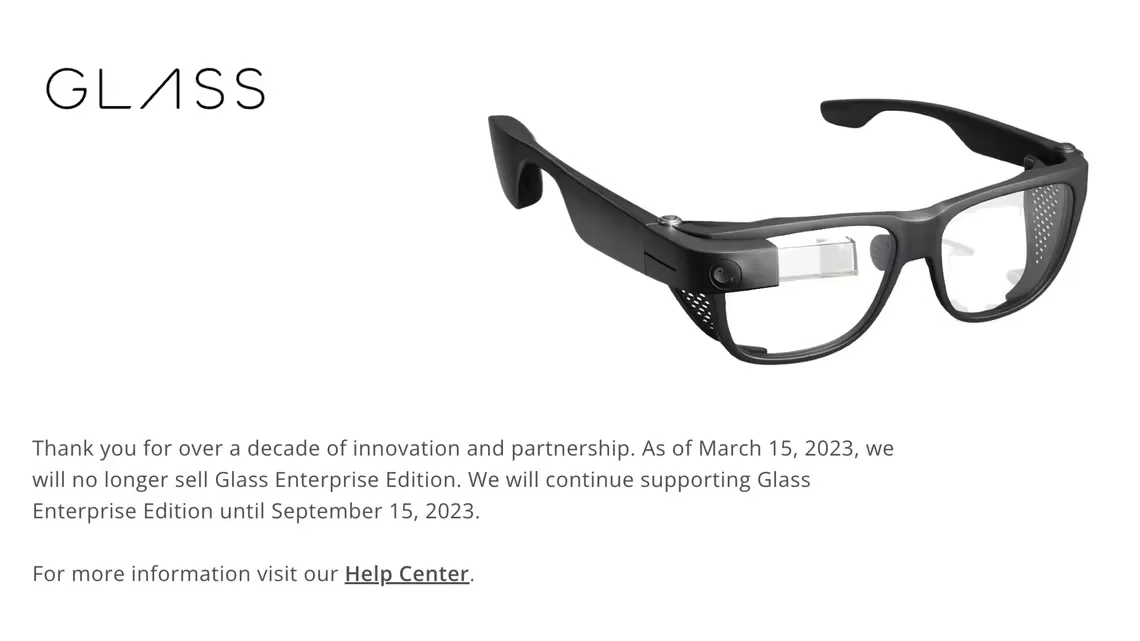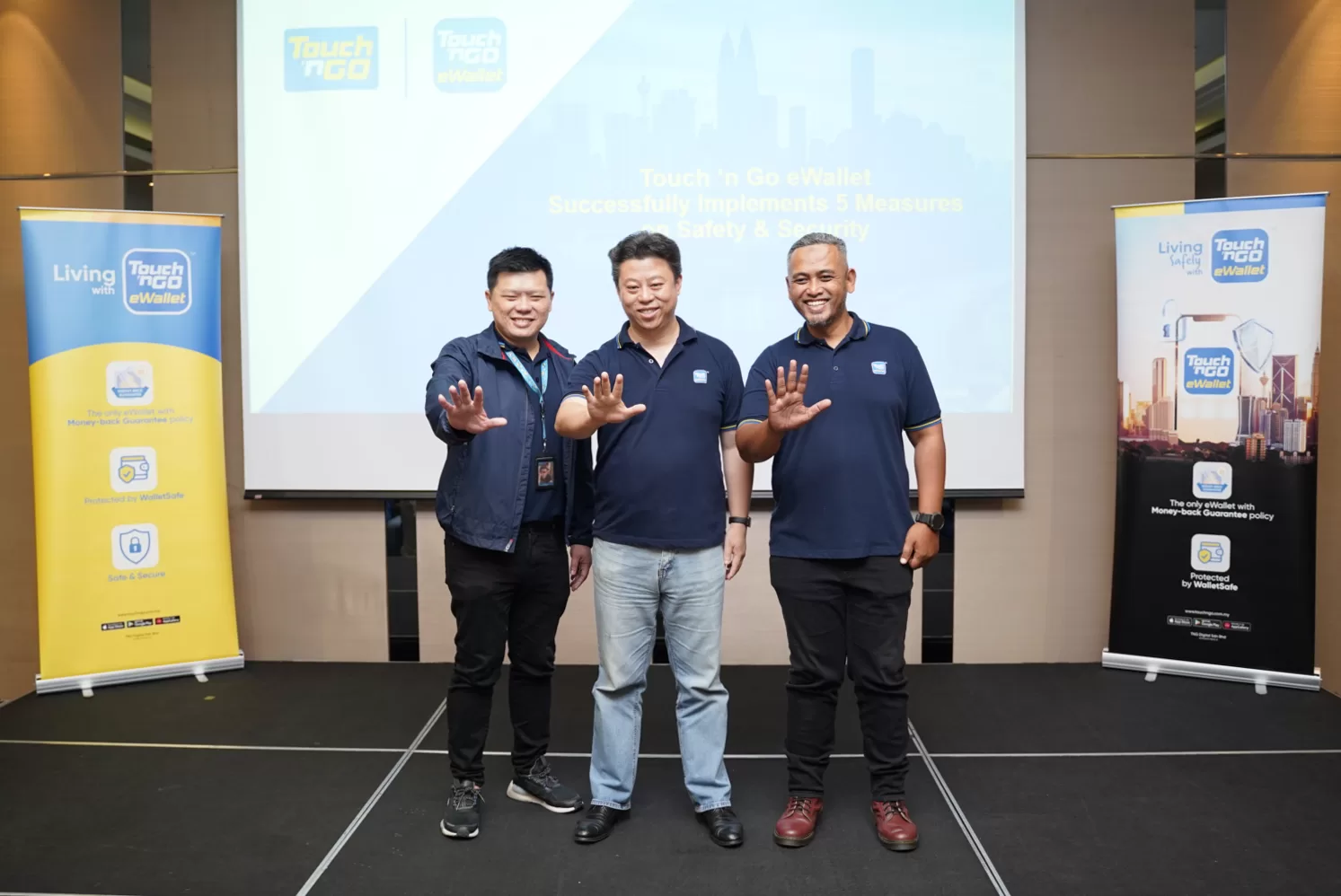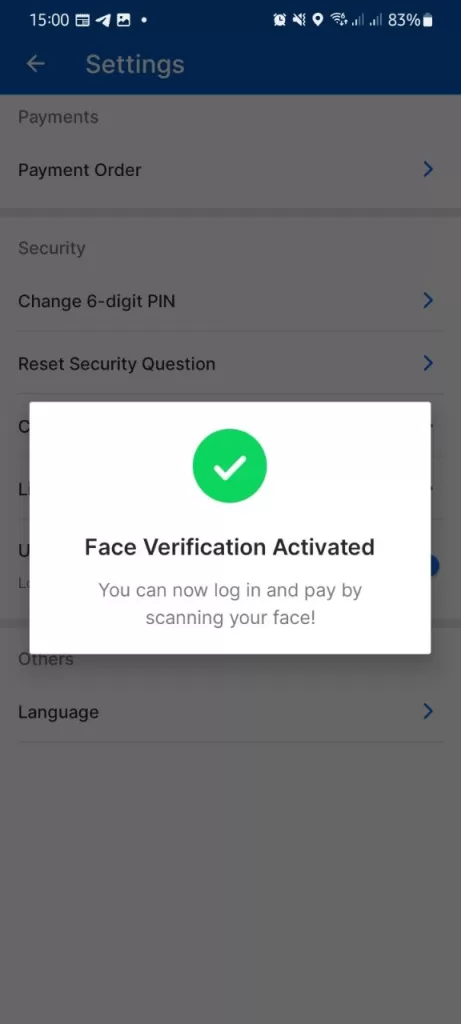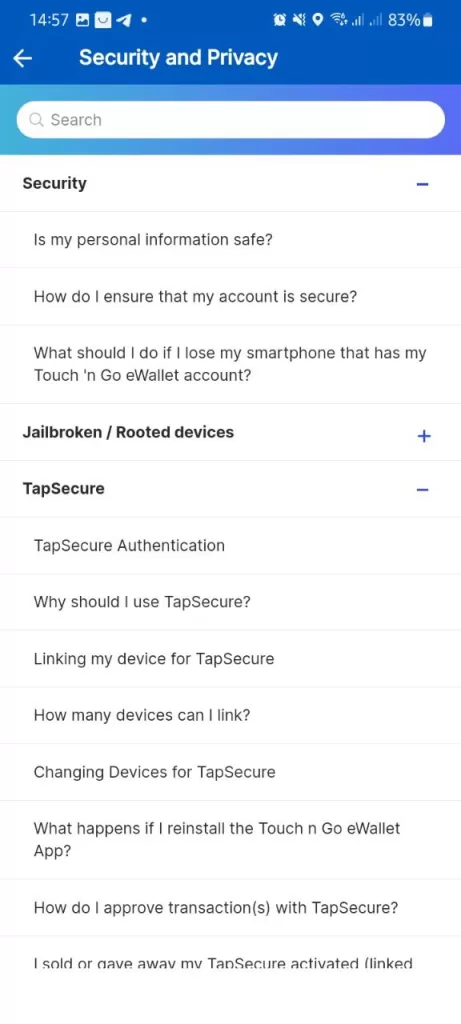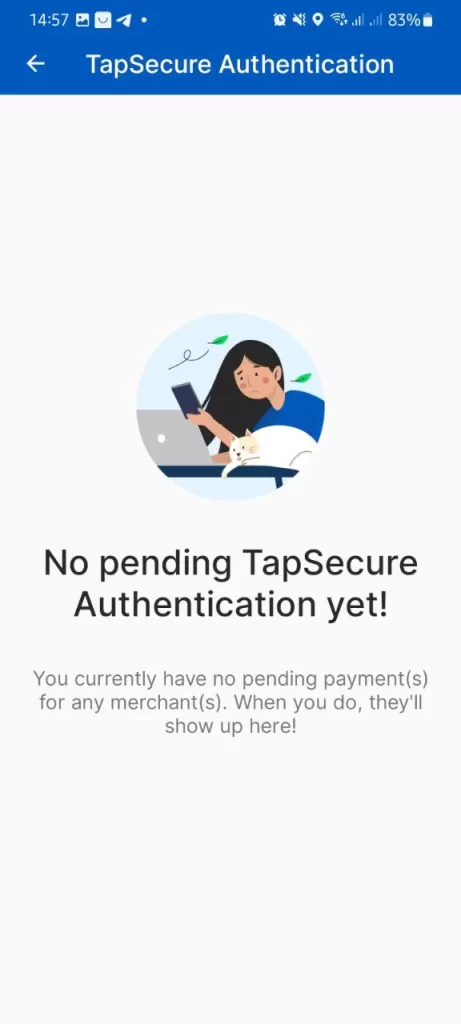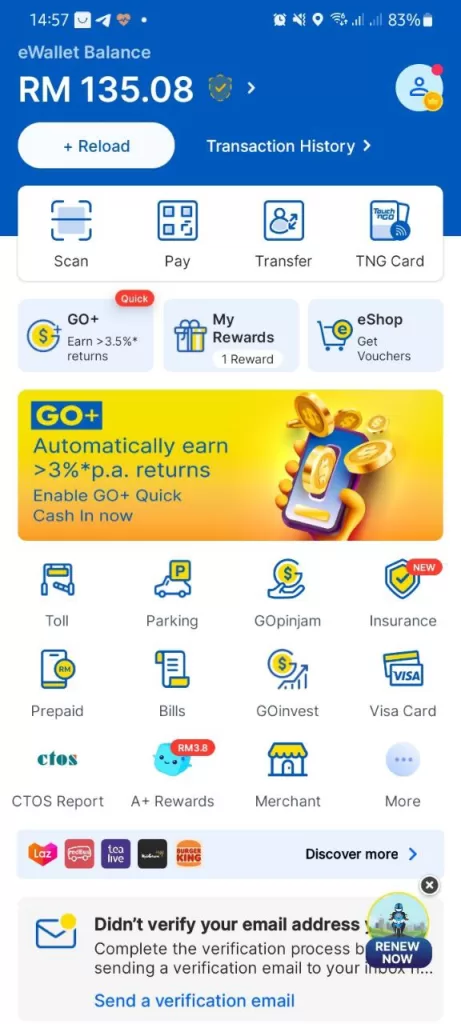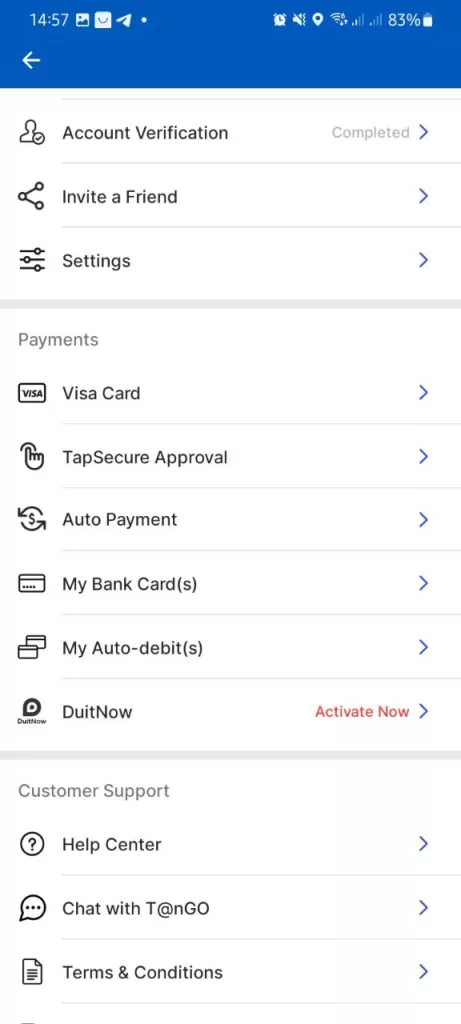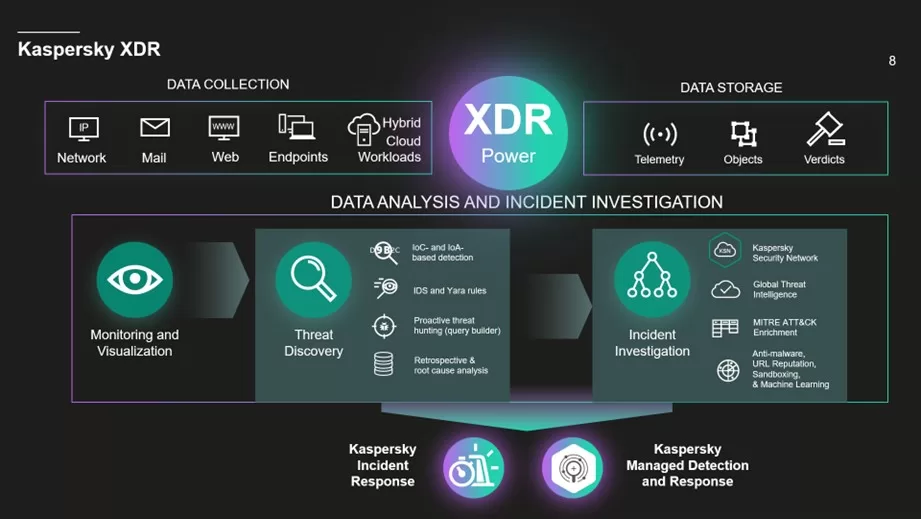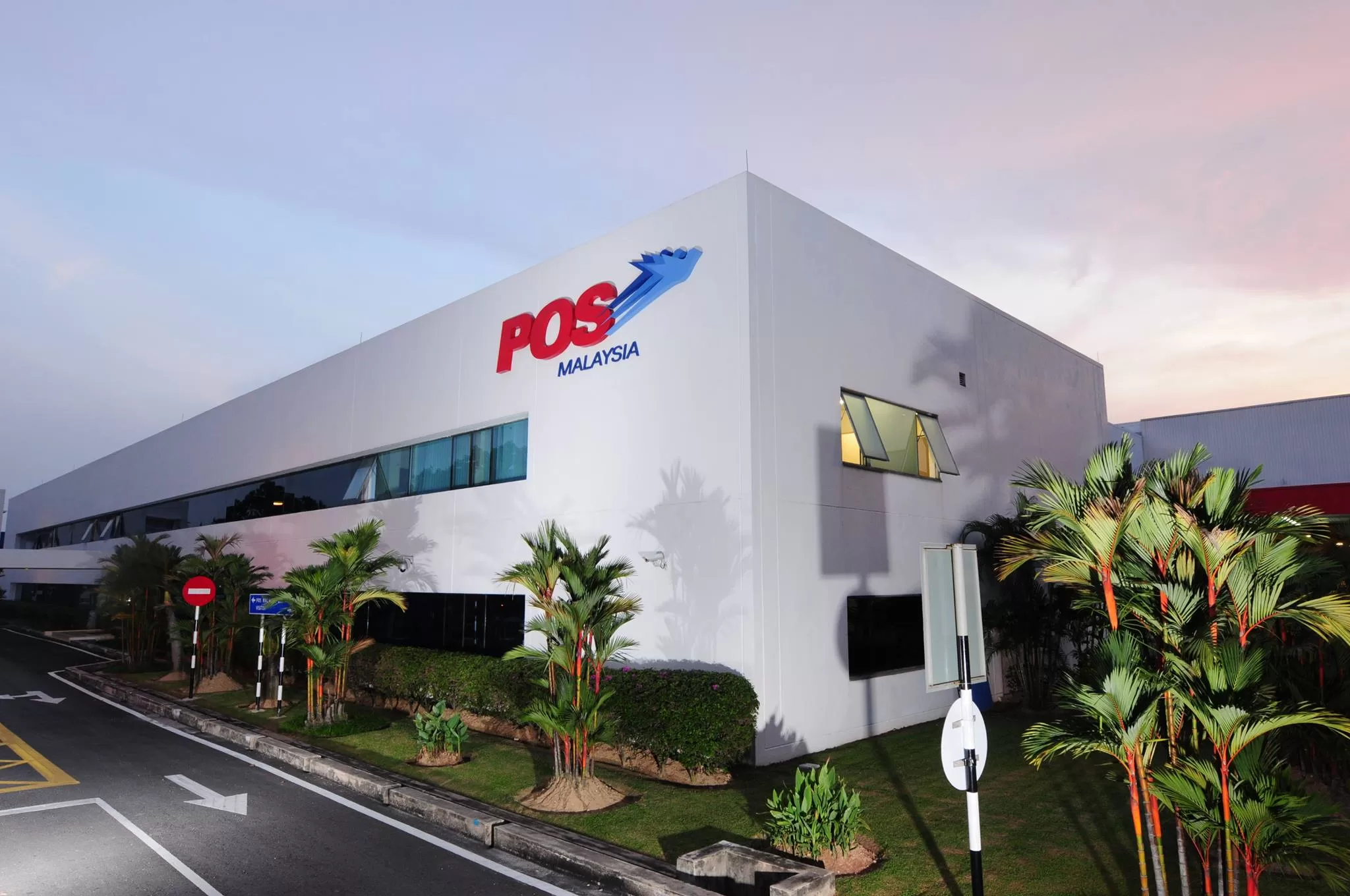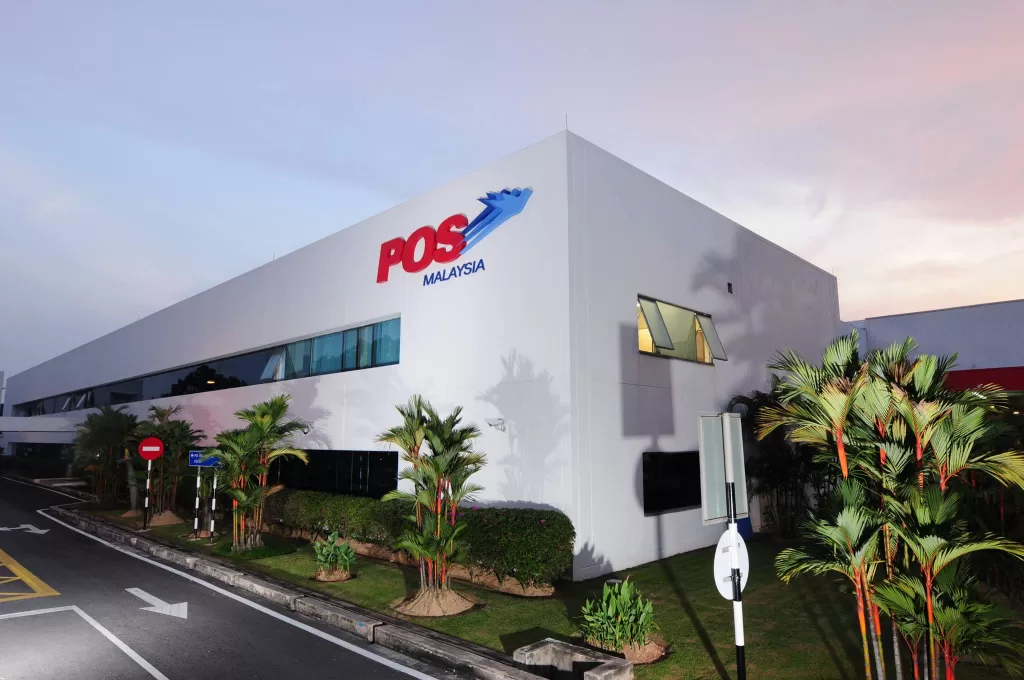NVIDIA has been leading the trail when it comes to GPU technology. To be fair, they are still the leaders in consumer level GPU with the very powerful NVIDIA GeForce RTX 4090 GPU leading the charge. In the professional workspace though, the story is a little different.
In the professional space, GPU requirements are a little different. The GPUs are not rendering polygons for a gaming environment. They need a lot more from the GPU than just loading maps and characters. In the professional environment, they need the GPUs for 3D world creations in game development, fluid dynamics in auto and aerospace industries, and even more. Users in this space need specific things from their GPU, and they will pick the best GPU for their specific needs.
In many cases, plenty of professionals rely on the AMD Radeon PRO GPUs. Previously they had the AMD Radeon PRO W6000 series professional GPUs. With those, the movie Terminator: Dark Fate was made. There is a new one though, a much more powerful one compared to the GPUs that made Terminator: Dark Fate. They call it the AMD Radeon PRO W7000 series.
Within the series, they introduced two GPUs, the Radeon PRO W7900 and Radeon PRO W7800. In their own rights, these are AMD’s most powerful GPUs to date. For the professionals, these could be the most powerful GPUs they have got their hands on so far.
AMD Radeon PRO W7800
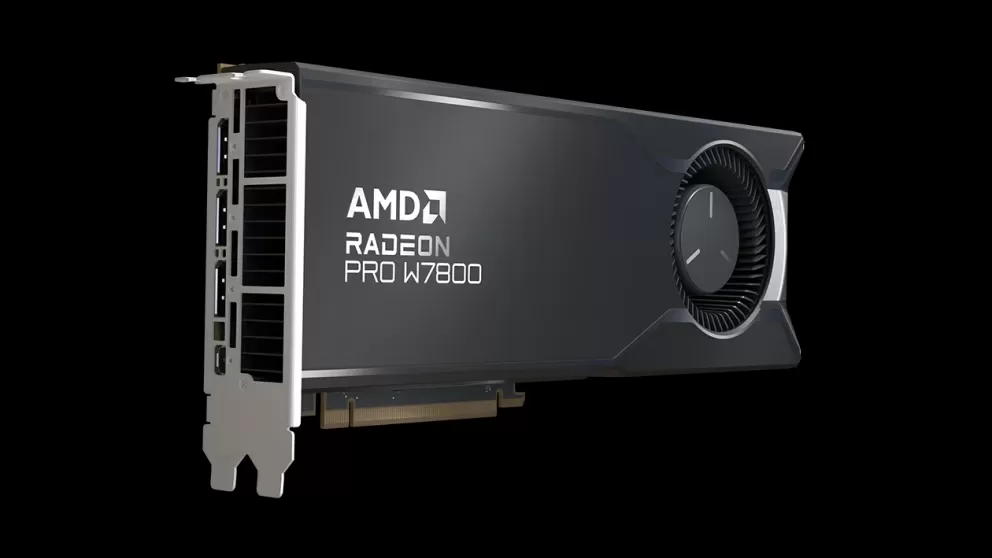
For starters, the AMD Radeon PRO W7900 brings with it the technology packed in the AMD Radeon 7000 series GPUs – RDNA 3 architecture. RDNA 3 architecture was proven to be plenty more powerful and efficient than the previous RDNA 2 technology. Of course, it is also a beefier GPU than before for even more performance in professional workloads. The Radeon PRO W7800 packs 70 compute units, 10 more than the Radeon PRO W6800 it replaces. The compute units are based on TSMC’s 5nm technology too, making the GPU more efficient than before at 260W TBP.
The GDDR6 RAM remains the same as the previous GPU at 32GB. At 64MB of cache though, the AMD Radeon PRO W7800 packs less cache than before. Still, at least the RAM is faster at 576 GB/s transfer speeds over the 512GB/s of the W6800 GPU for even better real-world performances.
The GPU is fitted with the latest DisplayPort 2.1 technology to take advantage of the most advanced displays you can find in the industry. The Radeon PRO W7800 also finally comes with AV1 encoding and decoding capabilities for an even better video and audio editing workflows. But it is not just the DisplayPort 2.1 and AV1 that makes the Radeon PRO W7000 series GPU process work faster than before. It also packs a new AI engine that is supposed to be twice as powerful as before. It also packs AMD’s second-generation raytracing engine that is more powerful than before. While raytracing is still NVIDIA’s forte, you can be sure that AMD is not just sitting still behind.
The new Radeon PRO W7000 series is also designed to work with AMD’s latest and greatest Threadripper processors. With Infinity Cache technology, the GPU and CPU can share cache to ensure that there is less in the way of bottlenecks. At the same time, with then new AMD Software: PRO Edition, AMD ensures that the Radeon PRO GPUs are more reliable than ever.
AMD Radeon PRO W7900
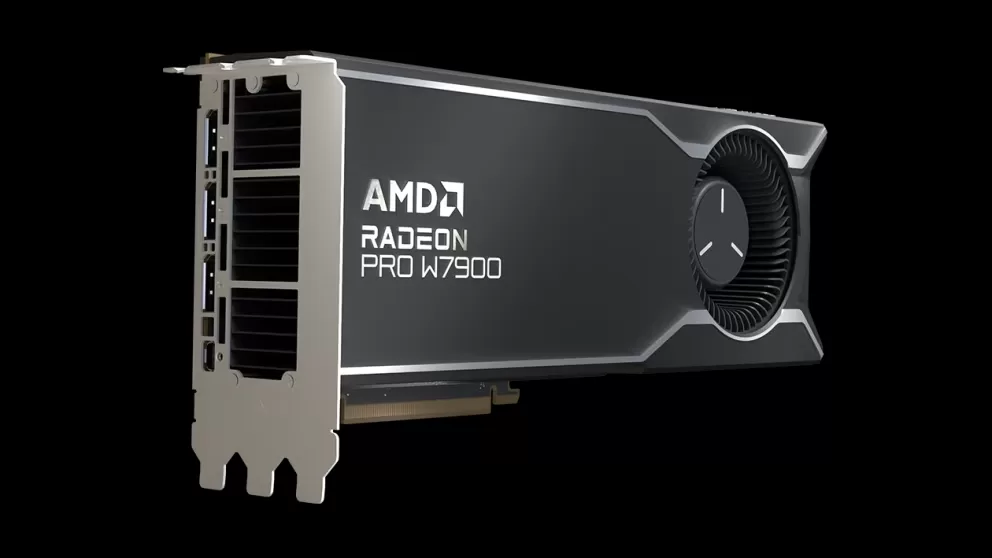
If the AMD Radeon PRO W7800 does not cut it, there is an even more powerful workstation GPU now. The AMD Radeon PRO W7900, as they call it, packs even more punch than the already powerful Radeon PRO W7800. It has 26 more RDNA 3 compute cores at 96 compared to the W7800’s 70. It is even more powerful with capabilities to perform 61 TFOPS precision calculations compared to 45 TFLOPS. It has 48GB of GDDR6 RAM with even more bandwidth at 864GB/s. Of course, with all this increase in power, the power consumption tends to be higher too at 295W TBP.
They say that the AMD Radeon PRO W7900 workstation GPU is so powerful that you can publish or render your work in the background while accessing other work at the same time without ever slowing down either. With more power as well, the AMD Radeon PRO W7900 works much faster than the W7800 in all sorts of workflows, in theory at least. If you wish to also, both the AMD Radeon PRO W7800 and Radeon PRO W7900 are AMD Remote Workstation capable, meaning you can work off any laptops anywhere in the world using the power of the Radeon PRO GPUs remotely.
Price and Availability
Where the AMD Radeon GPUs might be a clever choice for professionals is the price. The AMD Radeon PRO W7900 and Radeon PRO W7800 are available for US$ 3,999 (MYR *) and US$ 2,499 (MYR *) respectively. It will be available to users in the coming months of 2023. For more information on the AMD Radeon PRO W7900 and Radeon PRO 7800, you can visit their website.





